As the trend toward vintage-inspired watches continues, brands have come to the realization that producing a vintage-inspired piece will almost always guarantee that piece press coverage. The reason for this, I believe, is twofold. Most importantly, readers and consumers are leaning towards this trend in the market, so naturally both brands and publications are looking to capitalize on the trend by producing watches, and the subsequent articles on these watches, to cater to the demand. Secondly, writers who cover this industry — such as myself— tend to be collectors or at least watch fans themselves, who naturally lean toward covering what they like — which often these days happens to be the vintage-inspired. Whether this is in the best long-term interest for the creative health of watch design is neither here nor there. The point is that we seem to be in something of a “reconstructive” period in watch history, looking back favorably on the past through our contemporary goggles, and as a result, the market has started to absorb modern re-creations even of original pieces that were not exactly famous at the time.
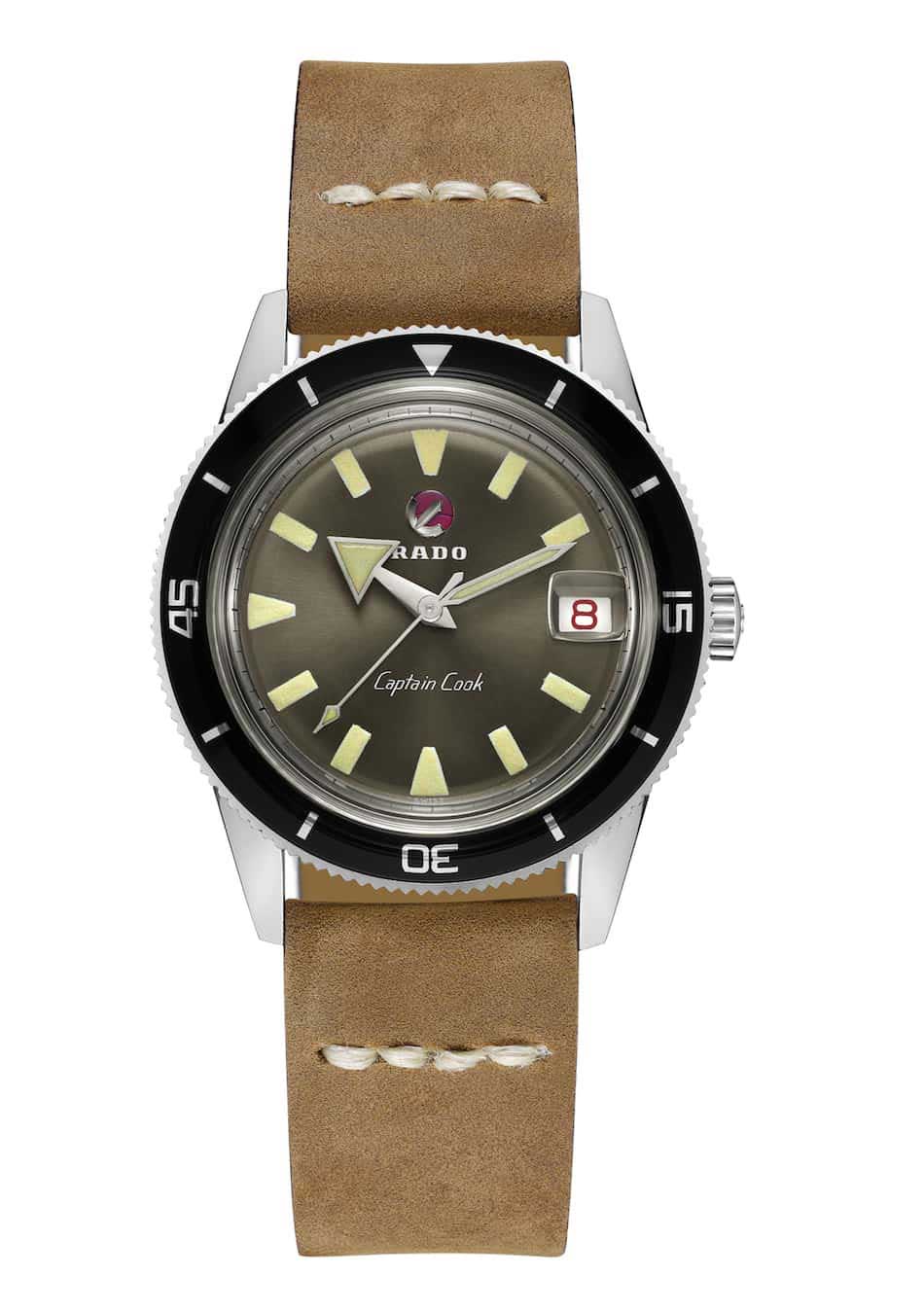
This is, of course, not to undercut the very cool vintage style of the watch we’re covering today, the Rado Hyperchrome Captain Cook. The original watch (pictured above), produced in relatively small quantities from 1962 to 1968, looked to get the most out of on the growing trend of hobby diving during that period, and stood within the already-modernist Rado collection as one of its few sporty options. The piece was named after the 18th century British naval explorer Captain James Cook, and among its unique traits was an inward-leaning outer bezel, a curved gray dial, a square magnifying glass for the date window, and an enlarged Rado anchor logo. The piece in its historical debut did not garner an incredible amount of attention, yet today the brand has revived it as part of its modern Hyperchrome collection — once again, as an anomaly in its mainly quartz dress-watch lineup — and this time it is receiving praise far and wide.
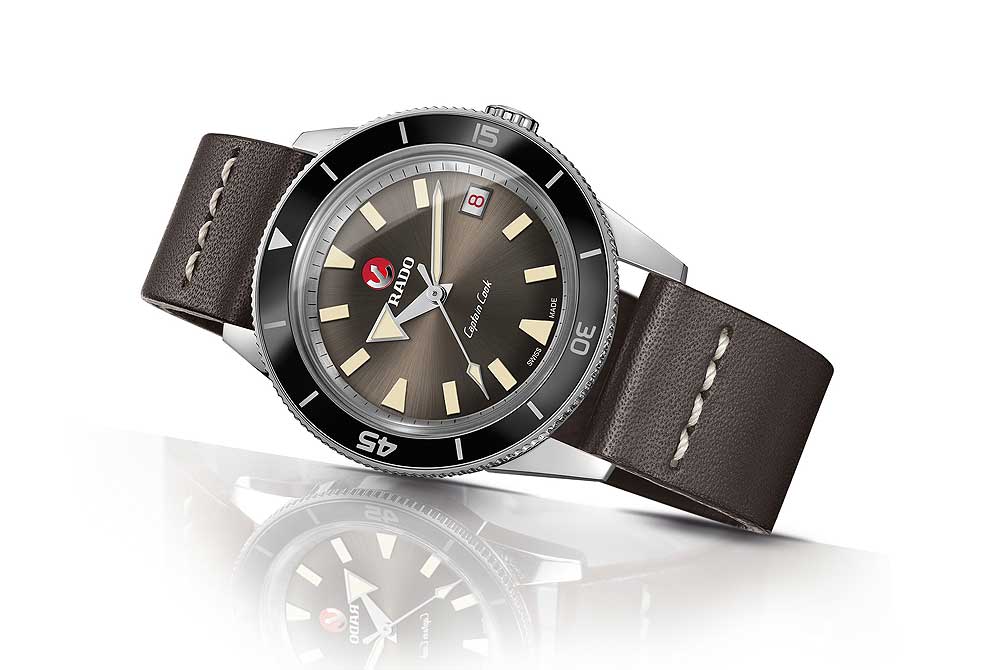
The modern watch we are covering today is a steel, 37-mm piece produced as a vintage re-issue, and it comes alongside a 45-mm modern interpretation and another 37-mm version geared to the women’s market. The vintage-inspired piece features an outer-toothed, ceramic rotating bezel with markings at each hour marker, and a simple push/pull crown on its right side. Its curved sunburst gray/brown dial is surrounded by an outer silver minute track, with printed faux-patina-accented trapezoidal and rectangular hour markers. At the 3 o’clock position is a red-accented date window, and toward the center of the dial is the broad-arrow hour hand, sword-style minute pointer, and an almost vintage-Omega-style seconds hand. The 100-meter water resistant piece is powered by the automatic ETA Caliber C07.611, which holds an impressive 80-hour power reserve through a slowed frequency (3 Hz down, from the 4 Hz of the unmodified base movement, the ETA 2824-2, whose power reserve is 42 hours). The vintage re-issue will be limited to 1,962 pieces, and is listed by the brand at $1,900.
Of the many similarities between the vintage and modern watches, you’ll notice the inward-facing bezel, sunburst dial with printed hour markers and “Captain Cook” script toward the 6 o’clock position, and the red-accented date window at the 3 o’clock. More subtly, the general case shape is very similar to the original, and the slim, silver outer minute ring persists in both designs.

Of the differences, you’ll notice the use of modern ceramic in the bezel compared to what was likely aluminum or Bakelite in the model from the past; the lack of a rectangular magnifying glass for the date indicator (seen on the vintage model, below); and the slight enlargement of the hands. While I have more often seen a diamond-style seconds hand on vintage Captain Cooks compared to the modern piece’s style, I don’t doubt this design also existed on historical models of the watch, as it was very popular during the 1960s. The modern, improved finishing practices are obvious, and the crown is further hidden by the slightly enlarged bezel. Curiously, however, while both the vintage and modern pieces use push/pull crowns as compared to the much more popular and secure screw-down types, the modern version only has a 100-meter depth rating, while the vintage variation purportedly had a 220-meter rating. Regardless of the peculiarity, the modern piece is much more likely to be purchased by the “desk diver” than the professional, so the downgrade in diving capability is not much of an issue.

One of the blessings for a vintage-inspired piece without a strong historical popularity is that it faces significantly less scrutiny for any modern changes it makes to its predecessor. These pieces tend to have fewer collectors emotionally or financially invested in their designs, so there’s many extra degrees of freedom for brands to cater their pieces more toward modern tastes than historical accuracy. Even so, Rado has chosen to stick primarily to the historical styling of this piece, opting only for a few significant changes, most of which have to do with modern manufacturing practices rather than stark design alterations. It almost seems a shame the watch didn’t attract more attention a half-century ago, but it’s somewhat understandable in the crowded dive-watch market that existed during the period. However, today, it has become one of the more hotly covered pieces of the year, and has set a new tone for a brand that has primarily catered to more modernist audiences through its history.

For our last article in the “Vintage Eye” series in which we compare the Re-Creation of the First Grand Seiko to its historical predecessor, click here.
Caleb Anderson is a freelance writer with a primary focus on vintage watches. Since first learning about horology, he has garnered extensive knowledge in the field, and spends much of his time sharing his opinions among other writers, collectors, and dealers. Currently located near New York City, he is a persistent student in all things historical, a writer on many topics, and a casual runner.

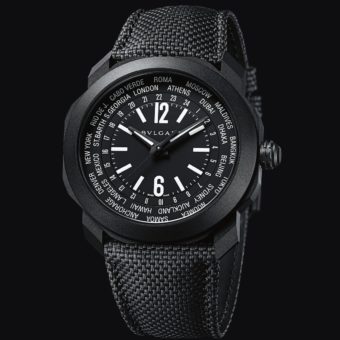



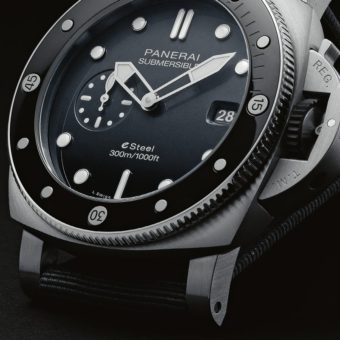
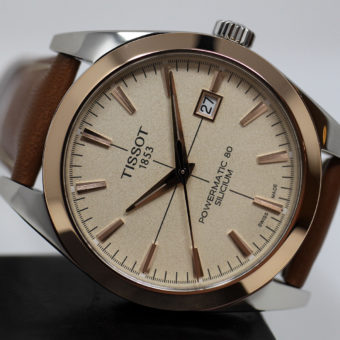
The 37mm is not a women’s watch lol